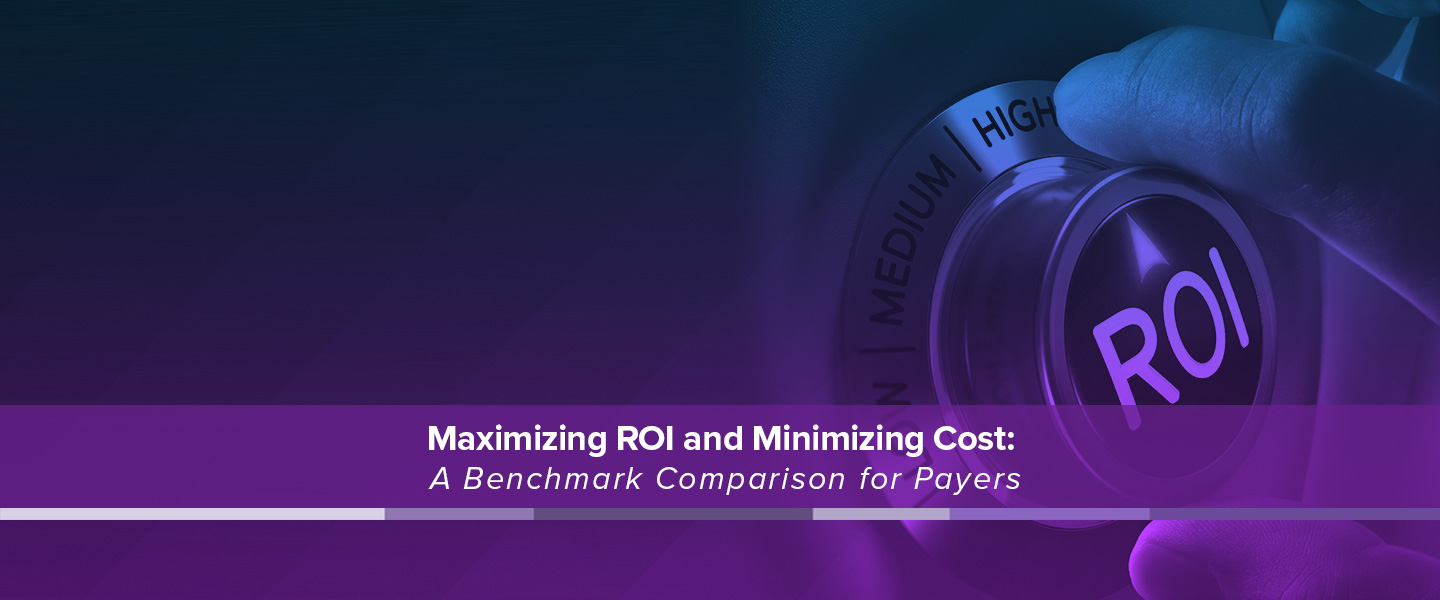Economists can’t agree if the U.S. is headed for a “soft landing” recession, a hard landing, or no recession at all. Regardless of the prognosis or the outcome, the debate can prompt health plans to re-evaluate their business operations and determine if they need to make them recession-proof.
The biggest challenge for payers during a recessionary period is balancing operational efficiencies and cost containment while still maintaining the delivery of high-quality care. Here are five recession-proof strategies that can help with that balancing act:
1. Payer/Provider Collaboration Technology
During a recession, payers can implement collaboration technology to foster better communication and coordination between health plans and providers. This technology includes health information exchanges, document exchange platforms, treatment validation platforms, and other interoperable platforms that allow insurers and healthcare providers to share patient information seamlessly.
How it helps lower costs:
- Reduced Administrative Burden: Payer/provider collaboration technology streamlines administrative tasks such as claims processing, prior authorizations, and eligibility verification. Payers can save on administrative costs and improve efficiency by automating these processes.
- Improved Care Coordination: Better communication between payers and providers improves care coordination. This results in fewer duplicated tests, unnecessary procedures, and medical errors, ultimately reducing healthcare costs.
- Preventive Care Opportunities: The technology enables payers to access real-time patient data, identifying high-risk individuals and prompting providers to offer preventive care services. Early intervention can prevent the progression of chronic conditions and avoid costly complications down the line.
2. Utilization Management
Effective utilization management ensures that medical services and treatments are appropriate and cost-effective. It involves reviewing and approving or denying requests for medical services to ensure they align with established guidelines and protocols.
How it helps lower costs:
- Avoidance of Unnecessary Procedures: Utilization management helps identify unnecessary or inappropriate medical services, preventing overutilizing healthcare resources and avoiding unnecessary costs.
- Incentivizing Cost-Effective Options: Payers can steer members towards cost-effective treatment options, reducing the reliance on high-cost services when lower-cost alternatives are equally effective.
- Enhanced Health Outcomes: Ensuring that patients receive the most appropriate care can improve health outcomes, reducing the need for expensive treatments and hospitalizations in the future.
3. Drug Formulary Optimization
Drug formulary optimization involves designing the formulary to prioritize cost-effective medications over more expensive alternatives.
How it helps lower costs:
- Negotiated Pricing: Payers can negotiate with pharmaceutical companies for favorable pricing on formulary medications, potentially obtaining discounts that lead to cost savings.
- Encouraging Generic Substitution: Payers can substantially reduce medication costs without compromising patient care by promoting the use of generic drugs when available.
- Therapeutic Substitution: Formulary optimization allows payers to offer lower-cost medications that are equally effective as more expensive options, encouraging prescribers to choose the most cost-efficient treatments.
4. Biosimilar Drugs
Biosimilars offer a more affordable alternative to costly brand-name biologics while providing similar therapeutic effects.
How it helps lower costs:
- Cost Savings: Biosimilars typically cost less than their brand-name counterparts, leading to immediate cost savings for health insurance companies and patients.
- Increased Competition: The availability of biosimilars introduces competition into the biologic drug market, putting downward pressure on prices for biosimilars and reference biologics.
- Improved Access to Treatments: Lower-cost biosimilars can improve access to biologic treatments for patients who may have previously faced barriers due to high costs.
5. Electronic Document Exchange
Electronic document exchange involves the electronic sharing of medical information, such as lab results, medical records, and referrals, between healthcare providers and insurers. It replaces traditional paper-based communication and facilitates a more streamlined and efficient process.
How it helps lower costs:
- Reduced Administrative Costs: Electronic document exchange minimizes the need for manual data entry, mailing, and faxing, resulting in reduced administrative overhead for both insurers and healthcare providers.
- Faster Decision-Making: Quicker access to medical information allows payers to make faster and more informed decisions, leading to improved care management and reduced delays in treatment.
- Enhanced Accuracy and Compliance: Electronic exchanges reduce the likelihood of errors and missing information, improving the accuracy of medical data and ensuring compliance with regulations and policies.
Want to learn more about how to elevate your payer-provider collaborations? Check out our program guide on NantHealth’s NaviNet Open collaboration platform.







